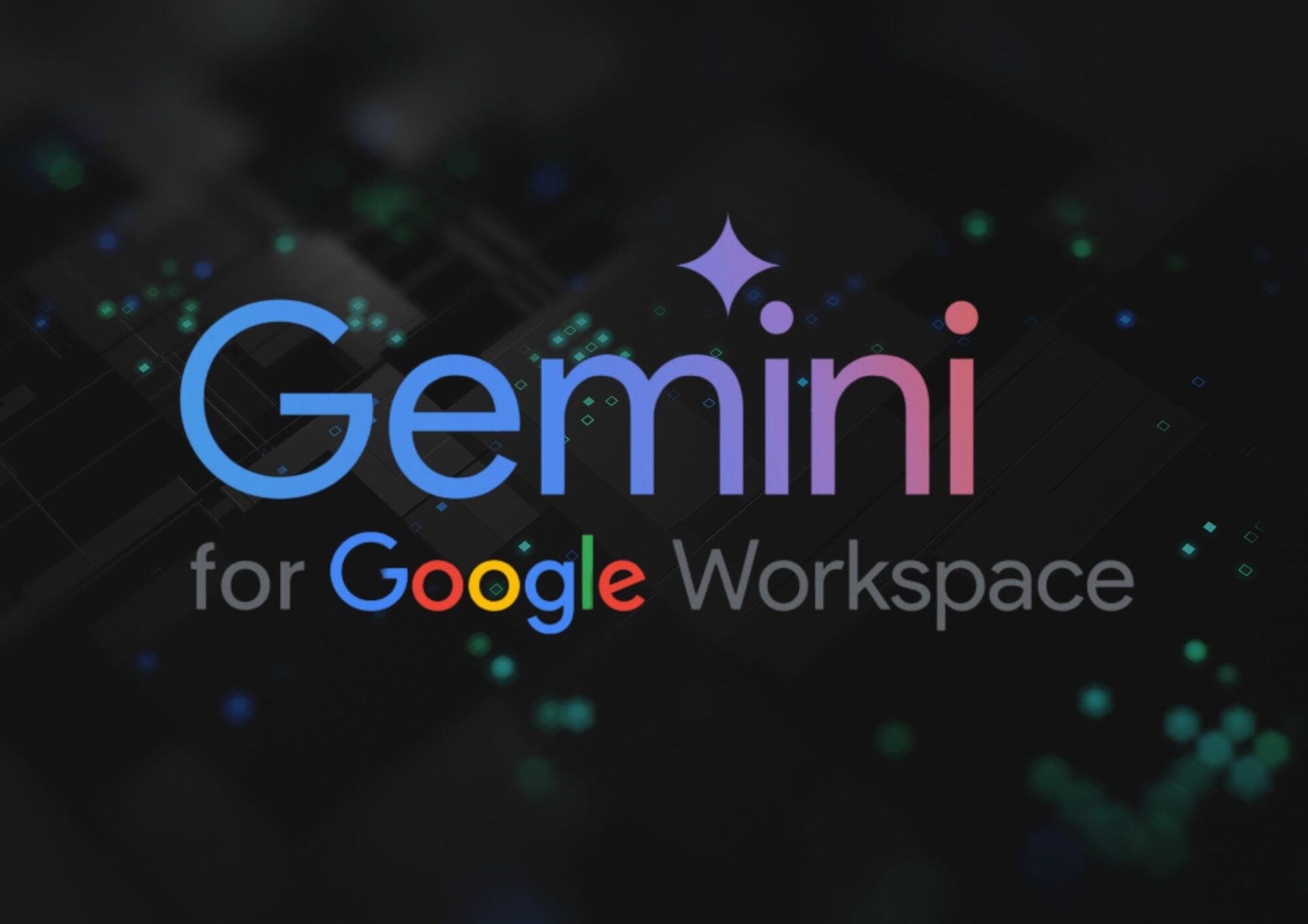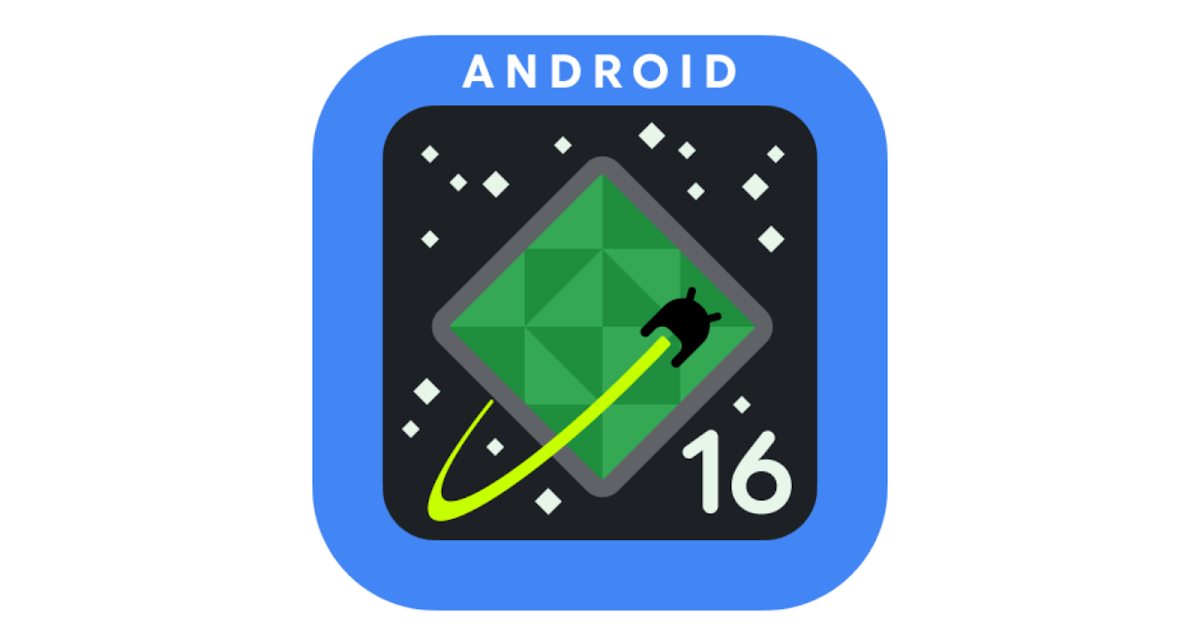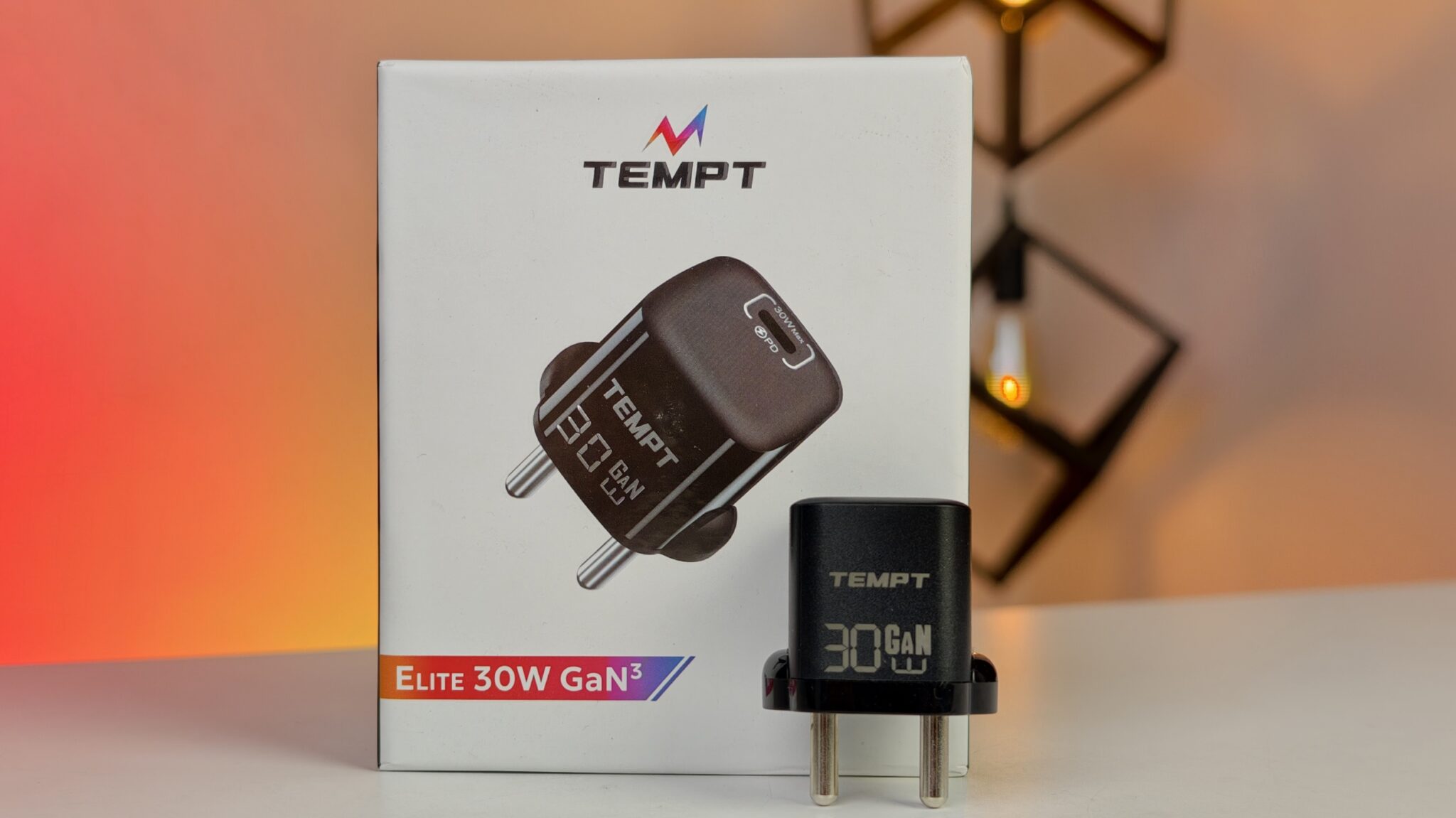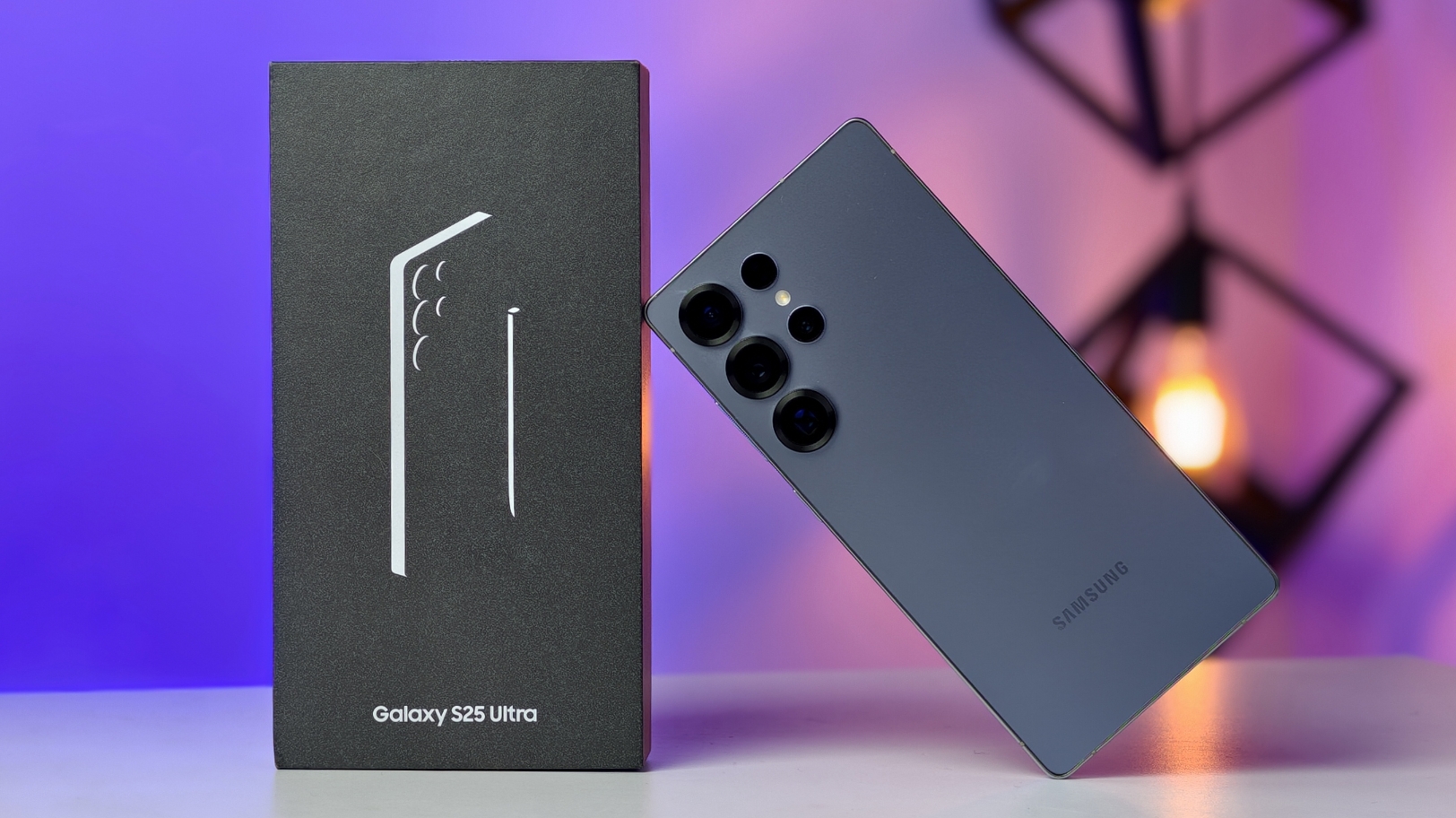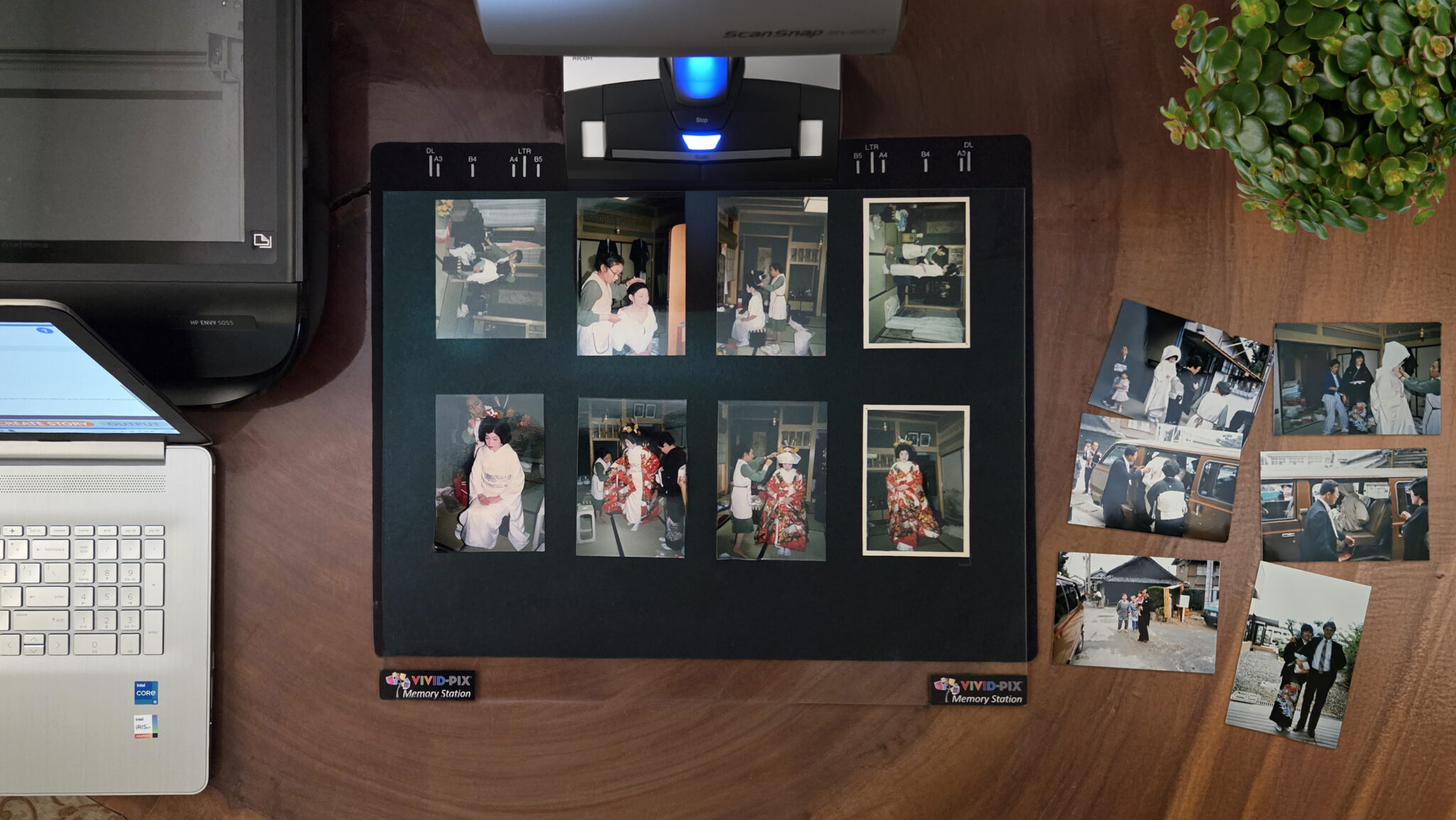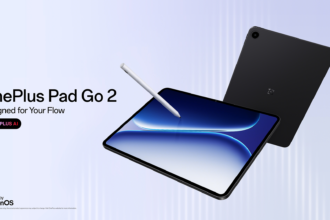Google’s artificial intelligence model, Gemini, continues to evolve, offering users fresh avenues for teamwork and imaginative expression. Recent updates and feature additions are empowering individuals and teams to connect, brainstorm, and generate content in novel ways. This development marks a significant step in making advanced AI a practical partner for a wide range of collaborative and creative tasks.
One key area of focus is real-time collaboration. Gemini now supports simultaneous editing and feedback within shared documents and projects. Imagine a team working on a presentation. Previously, team members might have passed drafts back and forth, leading to delays and potential confusion. With Gemini’s new capabilities, multiple individuals can contribute to the same document at the same time. The AI model can track changes, suggest improvements, and even summarize contributions, streamlining the entire process. This feature mirrors the collaborative functionality found in popular document editing software but with the added intelligence of Gemini. For instance, if one team member adds a paragraph that contradicts earlier information, Gemini can flag the inconsistency, prompting a discussion and ensuring accuracy.
Beyond document collaboration, Gemini is also enhancing creative workflows. Artists, writers, and developers are finding new ways to integrate the AI into their processes. Consider a group of writers brainstorming ideas for a new screenplay. Instead of a traditional whiteboard session, they can use Gemini to generate plot points, character sketches, and even sample dialogue based on their initial concepts. The AI acts as a dynamic partner, offering suggestions and pushing the boundaries of creative exploration. One writer, Sarah Chen, a freelance screenwriter, shared her experience: “Gemini has become my go-to brainstorming buddy. It helps me overcome writer’s block by suggesting unexpected twists and turns that I wouldn’t have thought of on my own. It feels like having an extra creative mind on the team.”
Another significant development lies in Gemini’s improved ability to understand and respond to multimodal inputs. This means users can now combine text, images, audio, and video when interacting with the AI. For collaborative projects, this opens up exciting possibilities. A team designing a new product, for example, can upload sketches, voice notes explaining their vision, and even short video clips showcasing similar products. Gemini can then analyze this diverse information to generate design suggestions, identify potential issues, and even create realistic 3D models. This capability breaks down the traditional silos between different media formats and allows for a more holistic and intuitive collaborative experience. Early adopters in the field of industrial design have reported a significant reduction in the time it takes to move from initial concept to a working prototype.
Furthermore, Gemini is facilitating better communication and understanding across teams with its enhanced summarization and translation features. In projects involving members from different linguistic backgrounds, Gemini can automatically translate conversations and documents in real time. This eliminates language barriers and ensures that everyone is on the same page. Similarly, for complex projects with extensive documentation, Gemini can generate concise summaries, highlighting key information and action items. This saves team members valuable time and reduces the risk of overlooking crucial details. A project manager at a global marketing firm noted that Gemini’s translation capabilities have significantly improved communication with their international teams, leading to smoother project execution and fewer misunderstandings.
The integration of Gemini with other popular productivity tools is also expanding its collaborative potential. For instance, its integration with email platforms allows users to quickly draft responses, summarize lengthy threads, and even schedule meetings based on availability. Similarly, its connection to project management software enables teams to assign tasks, track progress, and identify potential roadblocks with AI-powered assistance. This seamless integration into existing workflows makes Gemini a more practical and accessible tool for everyday collaboration.
Google has emphasized the importance of responsible AI development in these advancements. Features designed to promote collaboration and creativity also include safeguards to prevent misuse and ensure ethical considerations are addressed. For example, when generating creative content, Gemini can attribute sources and flag potentially problematic or biased outputs. This commitment to responsible AI is crucial for building trust and ensuring that these powerful tools are used in a beneficial and ethical manner.
The impact of these new collaboration and creativity features extends across various sectors. In education, students can work together on projects with Gemini providing feedback and guidance. In research, scientists can analyze complex datasets and brainstorm hypotheses with AI assistance. In the business world, teams can collaborate more effectively on marketing campaigns, product development, and strategic planning. The versatility of Gemini makes it a valuable asset for anyone looking to enhance their collaborative and creative endeavors.
Looking ahead, the potential for Gemini to further transform collaboration and creativity appears vast. As the model continues to learn and evolve, we can expect even more sophisticated features and capabilities. Imagine a future where Gemini can facilitate real-time brainstorming sessions with participants from around the world, generating innovative ideas and solutions that would have been impossible just a few years ago. The ongoing development of Gemini signals a future where AI is not just a tool but a true partner in our collaborative and creative journeys. The focus remains on empowering human ingenuity with the power of advanced artificial intelligence, fostering a new era of teamwork and imaginative output.


